wikiHow is a “wiki,” similar to Wikipedia, which means that many of our articles are co-written by multiple authors. To create this article, 11 people, some anonymous, worked to edit and improve it over time.
This article has been viewed 357,948 times.
Learn more...
Relative risk is a statistical term used to describe the chances of a certain event occurring among one group versus another. It is commonly used in epidemiology and evidence-based medicine, where relative risk helps identify the probability of developing a disease after an exposure (e.g., a drug treatment or an environmental event) versus the chance of developing the disease in the absence of that exposure.[1] This article will demonstrate how to calculate relative risk.
Steps
-
1Draw a 2x2 table. A 2x2 table is the basis for many epidemiological calculations.[2]
- Before you can draw a 2x2 table yourself, you must understand the variables:
- A = The number of people who both had the exposure and developed the disease
- B = The number of people who had the exposure but did not develop the disease
- C = The number of people who did not have the exposure but did develop the disease
- D = The number of people who neither had the exposure nor developed the disease
- Let's do an example 2x2 table.
- A study looks at 100 smokers and 100 non-smokers, and follows them for development of lung cancer.
- Right away, we can fill in part of the table. The disease is lung cancer, the exposure is smoking, the total numbers of each group is 100, and the total of all the people in the study is 200.
- At the end of the study, they found that 30 of the smokers and 10 of the non-smokers developed lung cancer. Now we can fill in the rest of the table.
- Since A = the number of people exposed who got the disease (i.e. smokers who got lung cancer), we know this is 30. We can calculate B simply by subtracting A from the total: 100 - 30 = 70. Similarly, C is the number of non-smokers who got lung cancer, which we know is 10, and D = 100 - 10 = 90.[3]
- Before you can draw a 2x2 table yourself, you must understand the variables:
-
2Calculate the relative risk using the 2x2 table.
- The general formula for relative risk, using a 2x2 table, is:[4]
- We can calculate relative risk using our example:
- Therefore, the relative risk of acquiring lung cancer with smoking is 3.
Advertisement - The general formula for relative risk, using a 2x2 table, is:[4]
-
3Interpret the results of relative risk.
- If the relative risk = 1, then there is no difference in risk between the two groups.
- If the relative risk is less than 1, then there is less risk in the exposed group relative to the unexposed group.[5]
- If the relative risk is greater than 1 (as in the example), then there is greater risk in the exposed group relative to the unexposed group.[6]
Community Q&A
-
QuestionCan relative risk calculation be use for other study designs than a case study?
 Community AnswerYes, it certainly can. It can be use in Cohort and Case-Control Studies where the objective is based on the incidence of developing a medical condition in the exposed and unexposed groups.
Community AnswerYes, it certainly can. It can be use in Cohort and Case-Control Studies where the objective is based on the incidence of developing a medical condition in the exposed and unexposed groups. -
QuestionHow can I calculate relative risk for a number with more than 5 digits?
 DonaganTop AnswererThe process remains the same no matter how large the numbers are.
DonaganTop AnswererThe process remains the same no matter how large the numbers are. -
QuestionWhat is an exposed and unexposed group?
 Community AnswerThe exposed group includes people who have been exposed to a certain disease. The unexposed group includes people who have not been exposed to the disease.
Community AnswerThe exposed group includes people who have been exposed to a certain disease. The unexposed group includes people who have not been exposed to the disease.
References
- ↑ https://www.ncbi.nlm.nih.gov/books/NBK430824/
- ↑ http://sphweb.bumc.bu.edu/otlt/MPH-Modules/EP/EP713_Association/EP713_Association3.html
- ↑ http://sphweb.bumc.bu.edu/otlt/MPH-Modules/EP/EP713_Association/EP713_Association3.html
- ↑ https://www.cdc.gov/csels/dsepd/ss1978/lesson3/section5.html
- ↑ https://cchealth.org/health-data/hospital-council/2004/pdf/calculate_relative_risk.pdf
- ↑ https://cchealth.org/health-data/hospital-council/2004/pdf/calculate_relative_risk.pdf
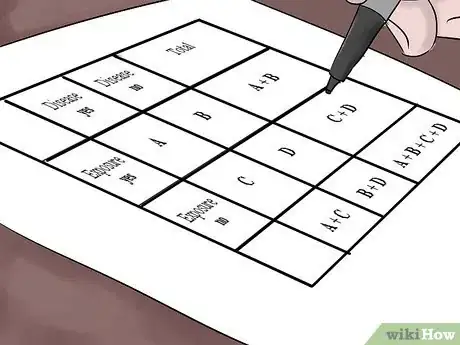
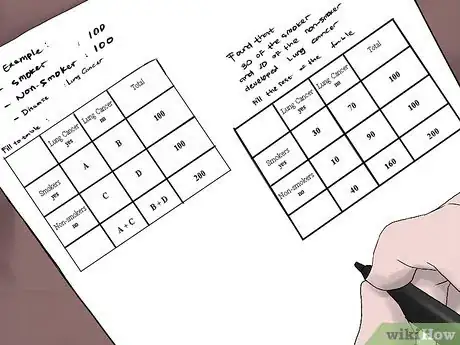
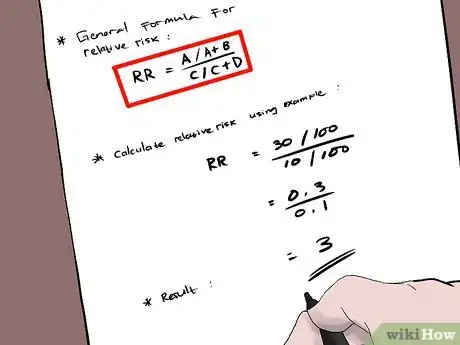


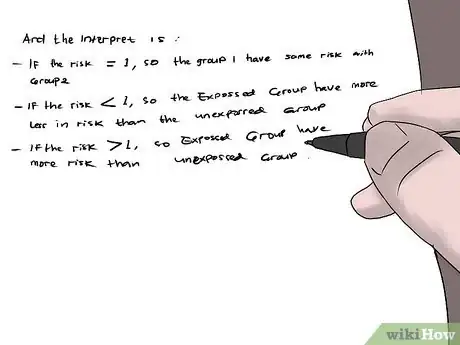

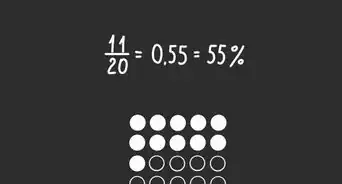


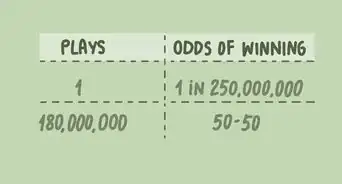





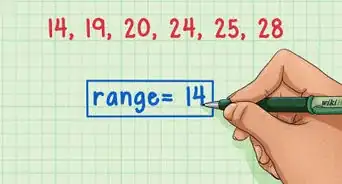

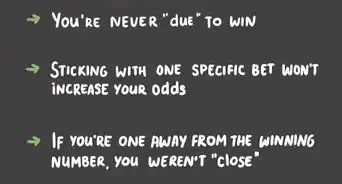








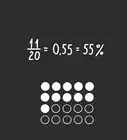

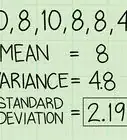



































Medical Disclaimer
The content of this article is not intended to be a substitute for professional medical advice, examination, diagnosis, or treatment. You should always contact your doctor or other qualified healthcare professional before starting, changing, or stopping any kind of health treatment.
Read More...